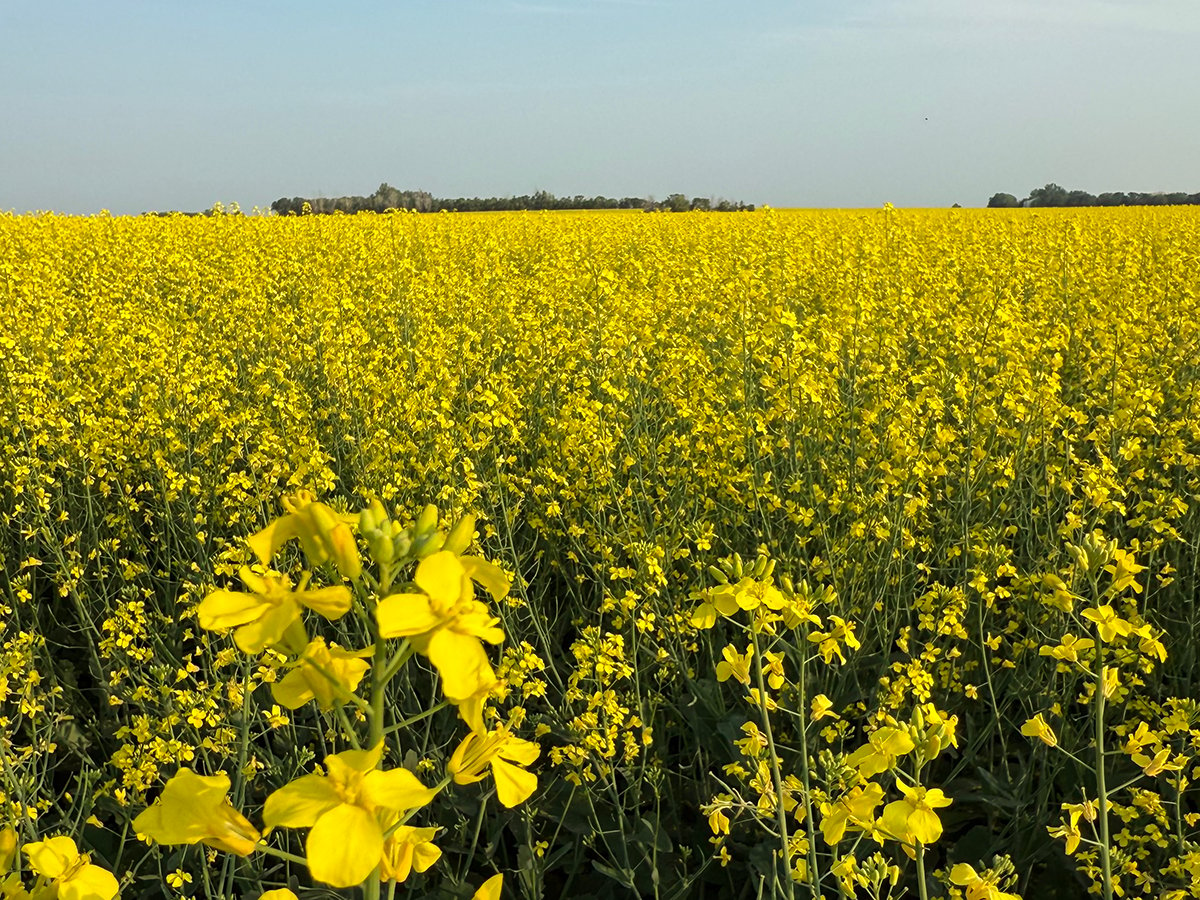The Manitoba government won’t participate in a proposed $10 to $11 million aid package for flooded farmers in the Red River Valley.
Instead, agriculture minister Harry Enns will extend crop insurance deadlines, making more farmers eligible for the safety net.
“Farmers, in the final analysis, don’t want a government handout of $40 or $60 per acre,” Enns said June 6.
“They want to grow $300-a-tonne canola on it; they want to take their chances of getting a good wheat crop off it.”
Federal officials were scrambling June 9 to determine what Enns’ announcement would mean to the proposed farm aid.
Read Also

Canola support gets mixed response
A series of canola industry support measures announced by the federal government are being met with mixed reviews.
The package was to include payments of $40 and $60 per acre depending on when farmers got crops planted.
Besides that, farmers can get up to $100,000 for their homes, and another $100,000 for costs to their farms under the disaster financial assistance program.
The two governments have agreed to share the costs of the program, and farmers must pay a 20 percent deductible.
Enns said the provincial government won’t help pay for any other programs, but was careful not to say farmers didn’t need more help.
“We welcome, we encourage any additional program or topping up of the program that the federal government wishes to pursue,” Enns said.
But he said federal officials went public prematurely with program details, which have been printed in newspapers since early May.
“The simple truth of the matter is, there’s never been a crop lost in Manitoba on May 1,” Enns said. “In my opinion, it was electioneering and politicking to be talking about offering all kinds of programs and money (in early May).”
The president of Manitoba’s farm lobby group welcomed the crop insurance deadline extension.
But Les Jacobson said farmers facing this flood and future natural disasters still need more help from both levels of government.
“I hope that doesn’t go off the table,” said Jacobson of Keystone Agricultural Producers.
At the flood’s peak, Enns said more than 610,000 acres were under water. But as of June 5, farmers had seeded 400,000 of them. With good weather the provincial agriculture department expects only 10,000 to 25,000 acres will remain unseeded.
“If the valley gets seeded, is the program required then?” asked Enns, adding he thinks part of the donations raised for the Red Cross and other relief agencies could go to farmers who don’t get a crop in.
He said the proposed farm aid could ruin the unseeded acreage insurance offered by the province.
About 90,000 acres in the Red River Valley were covered by insurance. Farmers paid about 50 cents per acre last fall, and will get $40 per acre if they can’t seed by crop insurance deadlines.
“Why would anybody buy that insurance in the future if they felt, in time of need, ad hoc programs would be applied to cover them?”
Extending seeding deadlines across the province, not just in the Red River Valley, is fairer to all farmers, Enns said.
“You tell me, is Mr. Axworthy or Mr. Goodale going to be concerned about unseeded acreage next year when there is no federal election, when there is no high-profile Red River Valley stories across the nation?”














